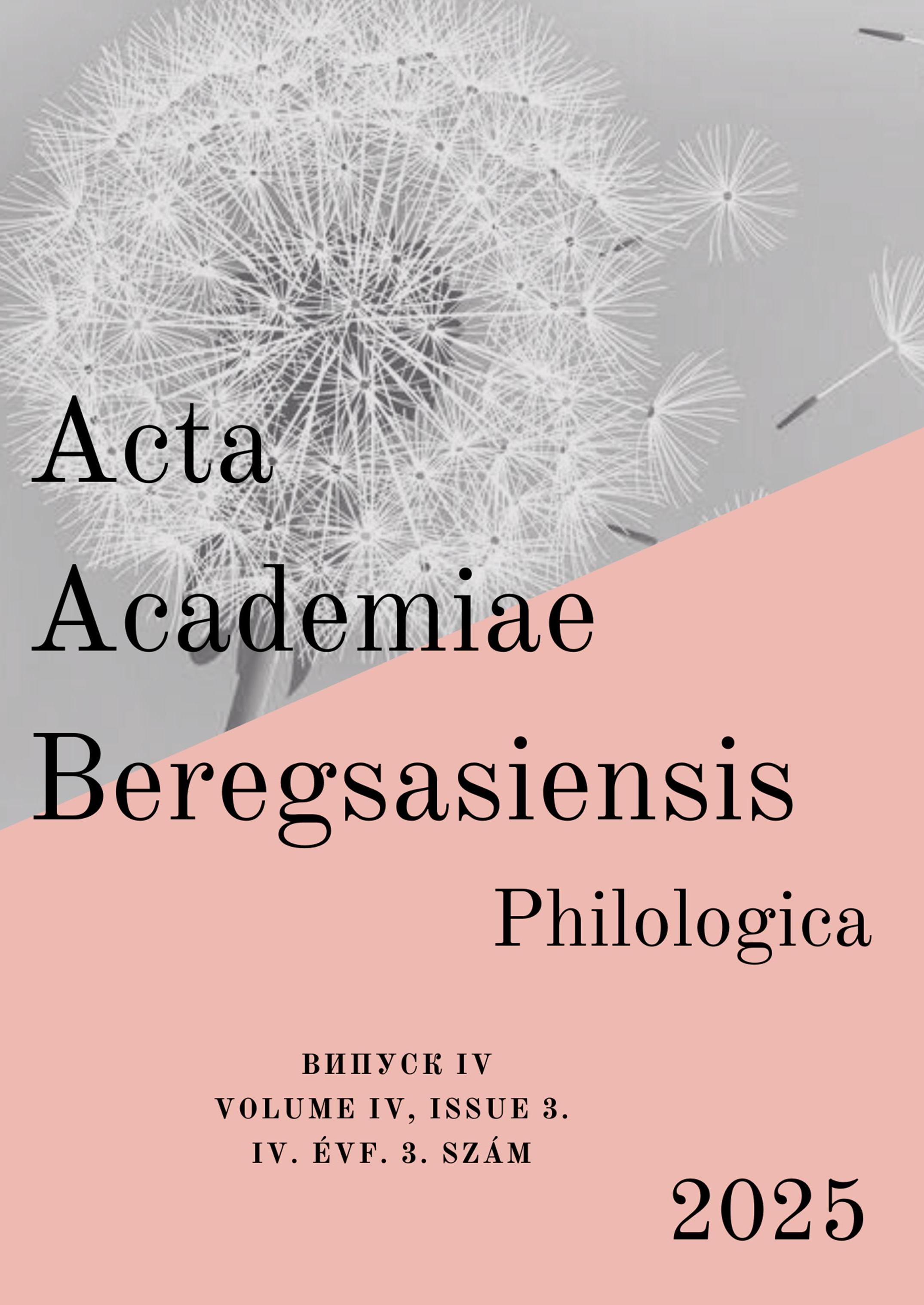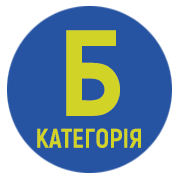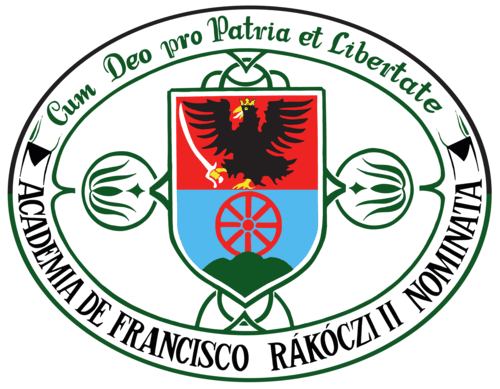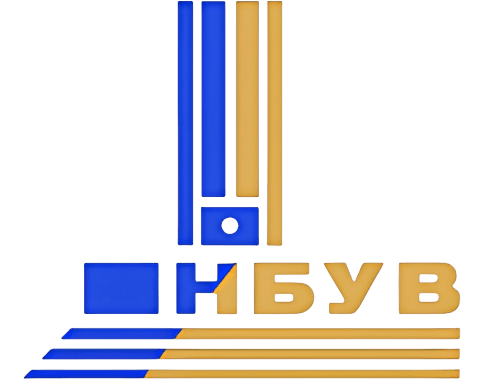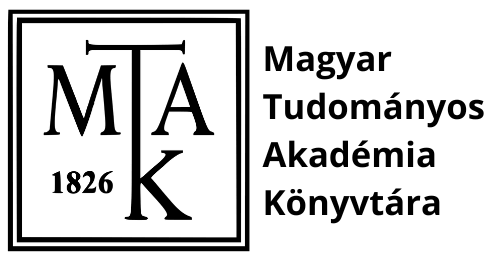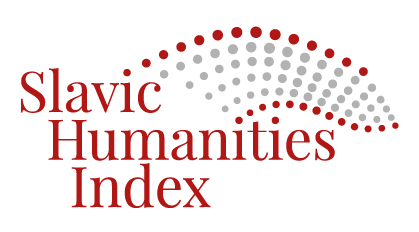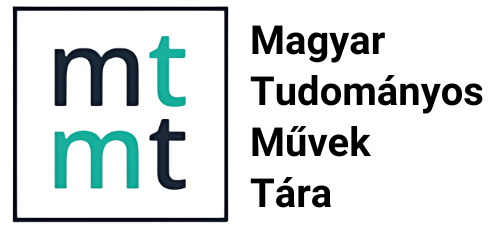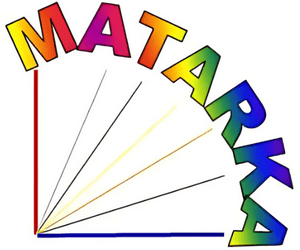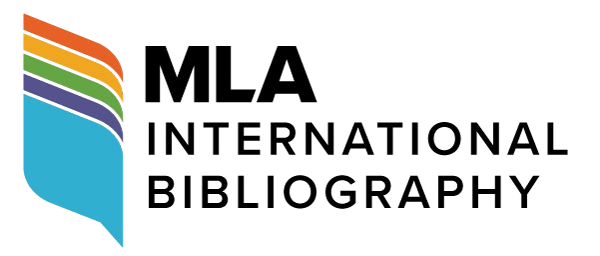Az angol szavak morfoszintaktikai integrációja az afaan oromó nyelvbe
DOI:
https://doi.org/10.58423/2786-6726/2025-3-9-33Kulcsszavak:
afaan oromó, angol kódváltások, Mátrixnyelvi Keret Modell (MLF), morfoszintaktikai integráció, kétnyelvűségAbsztrakt
A jelen tanulmány az angol lexikai elemek morfoszintaktikai integrációját vizsgálja az afaan oromó nyelvbe többnyelvű beszélgetéseken keresztül, amelyeket a nyugat-etiópiai Oromia régióban, Dambi Dollóban rögzítettek. A kontaktusnyelvészet megközelítésére építve a kutatás azt elemzi, hogyan épülnek be az angol szavak és kifejezések az afaan oromó nyelven folytatott diskurzusba, miközben megőrzik a mátrix- (vagy domináns) nyelv grammatikai szerkezetét és integritását. Az elemzés azt vizsgálja, hogyan illeszkednek az angol lexikai elemek az afaan oromó nyelv mondataiba a mátrixnyelv grammatikai rendszerének megőrzésével. Elméleti keretét a Mátrixnyelvi Keret Modell (MLF) és a 4-M keretrendszer adja, amelyek együtt magyarázatot nyújtanak arra, hogyan szervezik és integrálják a kétnyelvű beszélők a lexikai elemek beillesztését a kevert nyelvhasználatú megnyilatkozásokban. A tanulmány az angol kódváltások szintaktikai és morfológiai viselkedését vizsgálja olyan kétnyelvű mondatokban, amelyeket két, informális beszélgetéseket tartalmazó hangfelvétel átirataiból emeltek ki a szerzők. A beszélgetések résztvevői az afaan oromó nyelv Mecha dialektusát anyanyelvként beszélő kétnyelvűek voltak. Az eredmények azt mutatják, hogy az afaan oromó következetesen megtartja az (Alany)–Tárgy–Állítmány/Ige ([S]OV) szórendet, és biztosítja valamennyi morféma (például esetrag- és aspektusjelölők) használatát még akkor is, amikor angol tartalmi morfémák – főnevek, igék vagy melléknevek – jelennek meg. Az angol kódváltások morfológiailag alkalmazkodnak az oromó affixációs folyamatokon keresztül, így biztosítva a grammatikai megfelelést az MLF-modell keretében. Ezek az eredmények megerősítik, hogy a kétnyelvű beszélők strukturálisan előre jelezhető módon integrálják az angol lexikai elemeket, ami alátámasztja az afaan oromó domináns grammatikai szerepét a kétnyelvű megnyilatkozásokban. Ez a nyelv grammatikai dominanciáját és szerkezeti stabilitását erősíti ahelyett, hogy véletlenszerű vagy strukturálatlan nyelvi keverékeket hozna létre. A tanulmány hozzájárul az Etiópia többnyelvű nyelvi környezetében zajló morfoszintaktikai integrációs folyamatok jobb megértéséhez, valamint empirikus bizonyítékot szolgáltat az MLF-modell alkalmazhatóságára és magyarázó erejére Afrikában, különösen az etióp szociolingvisztikai kontextusban.
Hivatkozások
1. Adamu, A. Y. 2013. Diversity in Ethiopia: A historical overview of political challenges. The International Journal of Community Diversity 12/3: pp. 17–27. https://doi.org/10.18848/2327-0004/CGP/v12i03/39924
2. Ado, D. – Gelagay, A. W. – Johannessen, J. B. 2021. The languages of Ethiopia. In: Ado, D. – Gelagay, A. W. – Johannessen, eds. Grammatical and Sociolinguistic Aspects of Ethiopian Languages. John Benjamins Publishing Company. pp. 1–14.
3. Al-Bataineh, H. – Abdelhady, S. 2019. Cree–English intrasentential code-switching: Testing the morphosyntactic constraints of the Matrix Language Frame model. Open Linguistics 5/1: pp. 706–728. https://doi.org/10.1515/opli-2019-0039
4. Ali, M. – Zaborski, A. 1990. Handbook of the Oromo language. Wroclaw: Zakład Narodowy im. Ossolińskich – Wydawnictwo Polskiej Akademii Nauk.
5. Bachore, M. M. 2015. The status, roles and challenges of teaching English language in the Ethiopian context: The case of selected primary and secondary schools in Hawassa University technology village area. Revista Internacional de Sociología de La Educación 4/2: pp. 182–196. https://doi.org/10.17583/rise.2015.1515
6. Backus, A. M. 1998. Two in One: Bilingual Speech of Turkish Immigrants in the Netherlands. Tilburg: Tilburg University Press.
7. Banti, G. – Mazengia, S. 2023. Oromo. In: Meyer, R. – Wakjira, B. – Leyew, Z. eds. The Oxford Handbook of Ethiopian Languages. Oxford: Oxford University Press. pp. 257–293. https://doi.org/10.1093/oxfordhb/9780198728542.013.15
8. Bulcha, M. 1997. The politics of linguistic homogenization in Ethiopia and the conflict over the status of Afaan Oromoo. African Affairs 96/384: pp. 325–352. https://doi.org/10.1093/oxfordjournals.afraf.a007852
9. Butt, M. 2010. The light verb jungle: Still hacking away. In: Amberber, M. – Baker, B. – Harvey, M. eds. Complex Predicates: Cross-Linguistic Perspectives on Event Structure. Cambridge: Cambridge University Press. pp. 48–78. https://doi.org/10.1017/CBO9780511712234.004
10. Chali, K. K. – Parapatics, A. 2024. Language Policy and Practices in an Ethiopian University towards Multilingualism. Languages 9/6: p. 198. https://doi.org/10.3390/languages9060198
11. Coleman, H. 2011. Dreams and Realities: Developing Countries and the English Language. London: British Council.
12. CSA 2012. = Central Statistics Authority 2012. Population and Housing Census: Administrative Report. Addis Ababa.
13. Deuchar, M. 2006. Welsh–English code-switching and the Matrix Language Frame model. Lingua 116/11: pp. 1986–2011. https://doi.org/10.1016/j.lingua.2004.10.001
14. Deuchar, M. 2020. Code-switching in linguistics: A position paper. Languages 5/2: p. 22. https://doi.org/10.3390/languages5020022
15. Eshetie, A. 2010. Language policies and the role of English in Ethiopia. A presentation paper at the 23rd Annual Conference of IATEFL BESIG (19–21 Nov. 2010), Bielefeld, Germany.
16. Gerencheal, B. – Mishra, D. 2019. Foreign languages in Ethiopia: history and current status. International Journal of Research and Analytical Reviews 6/1: pp. 1431–1439.
17. Heugh, K. – Benson, C. – Bogale, B. – Yohannes, M. A. G. 2007. Study on the medium of instruction in primary schools in Ethiopia. https://everythingharar.com/wp-content/uploads/2017/02/4379_Heugh_Studyonmediumofinstruction.pdf (Accessed: 12.09.2025).
18. Jibril, A. 2024. The Quest for Afaan Oromoo’s Inclusion to the Federal Government Working Languages in Ethiopia: Causes and Benefits. Gadaa Journal 7/1: pp. 121–135.
19. Leyew, Z. 2012. The Ethiopian language policy: A historical and typological overview. Ethiopian Journal of Languages and Literature 12/2: pp. 1–59.
20. Meyer, R. – Wakjira, B. – Leyew, Z. 2023. The Oxford Handbook of Ethiopian Languages. Oxford: Oxford University Press.
21. Midega, M. 2014. Official Language Choice in Ethiopia: Means of Inclusion or Exclusion? Open Access Library Journal 1/7: pp. 1–13. https://doi.org/10.4236/oalib.1100932
22. Milroy, L. 1987. Observing and Analysing Natural Language: A Critical Account of Sociolinguistic Method. Oxford: Basil Blackwell.
23. Myers-Scotton, C. 1993. Common and uncommon ground: Social and structural factors in code-switching. Language in Society 22/4: pp. 475–503.
24. Myers-Scotton, C. 2002. Contact Linguistics: Bilingual Encounters and Grammatical Outcomes. Oxford: Oxford University Press.
25. Myers-Scotton, C. – Jake, J. 2000. Four types of morpheme: Evidence from aphasia, code-switching, and second-language acquisition. Linguistics 38/6: pp. 1053–1100. https://doi.org/10.1515/ling.2000.021
26. Ngatu, S. P. K. 2018. The role of English as lingua franca – informed approach in English language teaching and learning to preserve cultural identity: from classroom to practice. Edulitics Journal 3/2: pp. 8–16.
27. Wakjira, B. – Shiferaw, T. 2023. Language in the media. In: Meyer, R. – Wakjira, B. – Leyew, Z. eds. The Oxford Handbook of Ethiopian Languages. Oxford: Oxford University Press. pp. 78–85. https://doi.org/10.1093/oxfordhb/9780198728542.013.6
28. Wakweya, G. 2017. Inflectional morphology in Mecha Oromo. Journal of Languages and Culture 8/8: pp. 110–140. https://doi.org/10.5897/JLC2016.0395
29. Walga, T. K. 2021. Prospects and challenges of Afan Oromo: A commentary. Theory and Practice in Language Studies 11/6: pp. 606–612. https://doi.org/10.17507/tpls.1106.03
30. Woldemariam, H. – Lanza, E. 2014. Language contact, agency and power in the linguistic landscape of two capitals of Ethiopia. International Journal of the Sociology of Language 2014/228: pp. 79–103. https://doi.org/10.1515/ijsl-2014-0006
31. Xhemaili, M. 2022. The importance of the English language in public diplomacy and international relations. Journal of Liberty and International Affairs 8/1: pp. 322–339. https://doi.org/10.47305/JLIA2281322x
32. Youssouf, T. 2024. Determining word boundaries in Afaan Oromoo (Oromic). In: Huang, Y. – Kaldhol, N. H. – Lim, J. J. – Rose, S. – Struthers-Young, A. eds. ACAL in SoCAL: Selected papers from the 53rd Annual Conference on African Linguistics. Berlin: Language Science Press. pp. 517–538.
Downloads
Megjelent
Hogyan kell idézni
Folyóirat szám
Rovat
License
Copyright (c) 2025 Mihiretu Wakwoya, Margaret Deuchar

This work is licensed under a Creative Commons Attribution 4.0 International License.
A szerzők megtartják a szerzői jogokat, és a folyóiratnak adják az első közlés jogát. A közlemény a Creative Commons 4.0 Nemzetközi Licenc (CC BY 4.0) feltételei szerint kerül közzétételre, amely lehetővé teszi mások számára annak megosztását és terjesztését, feltéve, hogy megfelelően hivatkoznak a szerző(k)re és a tanulmány vagy recenzió első megjelenésére ebben a folyóiratban.
